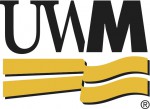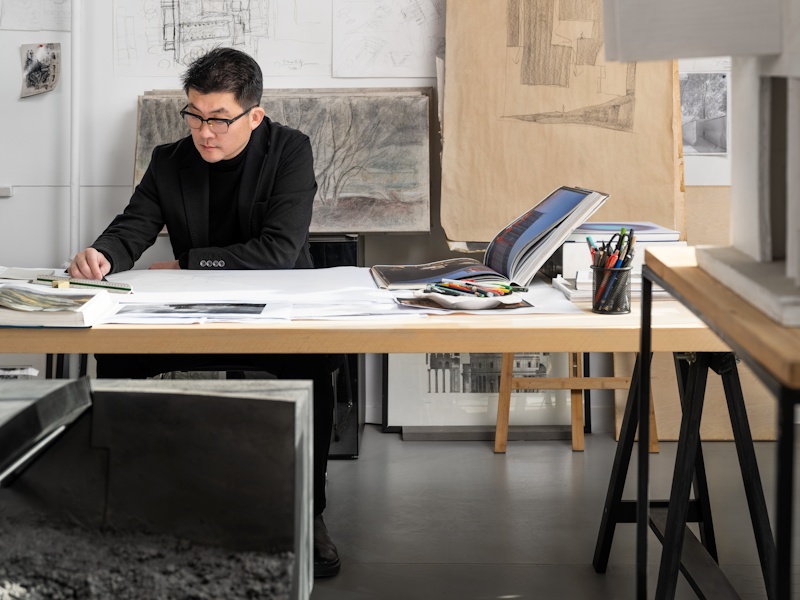Study Finds Link Between Childhood Exposure to Lead and Firearm Violence
The link was so strong that about half of gun violence perpetration and victimization was attributable to blood lead levels ? 5 µg/dL (the current reference level for elevated lead).
A new study from the University of Wisconsin-Milwaukee shows a link between childhood exposure to lead and later gun violence. These results suggest even greater urgency to tackling childhood lead exposure and addressing the environmental injustice of vulnerable children experiencing a toxic exposure that they cannot control.
“This is the first study to look specifically at the link between childhood lead exposure and gun violence,” said Lindsay Emer, the primary author. “Effective lead exposure prevention strategies already exist, and we know that there is no safe level of lead. This research provides further urgency to fully support these efforts with the resources that are needed.”
Researchers found that as childhood blood lead levels increased, the risk for becoming a perpetrator or victim of gun violence increased, even after controlling for temporal trends, gender, race and neighborhood socioeconomic status.
The link was so strong that about half of gun violence perpetration and victimization was attributable to blood lead levels ? 5 µg/dL (the current reference level for elevated lead). That means that in Milwaukee, during a period of high lead exposures, childhood blood lead levels may have substantially contributed to adult gun violence, although the study was not able to definitively prove cause and effect.
The findings are bolstered by known links between lead exposure and the brain, especially through impairing future decision-making and increasing impulsiveness, traits that may influence criminal behavior.
The study will be published in Environmental Research and can be found online. A pre-proof of the article can be downloaded here.
About UWM
Recognized as one of the nation’s 131 top research universities, UW-Milwaukee provides a world-class education to 27,500 students from 91 countries on a budget of $689 million. Its 15 schools and colleges include Wisconsin’s only schools of architecture, freshwater sciences and public health, and it is a leading educator of nurses and teachers. UW-Milwaukee partners with leading companies to conduct joint research, offer student internships and serve as an economic engine for southeastern Wisconsin. The Princeton Review named UW-Milwaukee a 2020 “Best Midwestern” university based on overall academic excellence and student reviews.
NOTE: This press release was submitted to Urban Milwaukee and was not written by an Urban Milwaukee writer. While it is believed to be reliable, Urban Milwaukee does not guarantee its accuracy or completeness.
More about the Lead Crisis
- $43 Million Later, MPS Says Classrooms Are Safe From Lead Dust - Corrinne Hess - Dec 18th, 2025
- MPS Buildings Cleared of Lead-Paint Risks after 10-Plus Months of Work - Milwaukee Public Schools - Dec 17th, 2025
- Wisconsin Moves to Require Lead Service Lines Replaced By 2037 - Danielle Kaeding - Dec 11th, 2025
- Gov. Evers, DNR Announce More Than $159 Million to Ensure Clean, Safe Drinking Water for Wisconsinites in 29 Municipalities - Gov. Tony Evers - Dec 10th, 2025
- EPA Announces $3 Billion in New Funding for States to Reduce Lead in Drinking Water - U.S. Environmental Protection Agency - Nov 25th, 2025
- Wisconsin Communities Get $282 Million for Drinking Water Projects - Danielle Kaeding - Nov 19th, 2025
- MKE County: County Launches Lead Abatement Program - Graham Kilmer - Nov 9th, 2025
- Milwaukee County Launches Lead Remediation Program to Reduce Lead-Based Paint Hazards in Homes in Suburban Communities - David Crowley - Nov 5th, 2025
- Wisconsin Improves Child Lead Testing Rates, Urges Continued Testing and At-Home Prevention - Wisconsin Department of Health Services - Oct 21st, 2025
- City Hall: Milwaukee Must Replace 100 Lead Laterals Per Week To Meet 2025 Goal - Jeramey Jannene - Oct 1st, 2025
Read more about Lead Crisis here






















